Abstract
Background
Indigenous youth with type 2 diabetes (T2D) are disproportionately affected by early onset albuminuria and are at high risk of kidney failure in early adulthood. Traditional biological approaches have failed to fully explain the renal morbidity seen in this population. The improving renal Complications in Adolescents with type 2 diabetes through REsearch cohort (iCARE) study was therefore designed in collaboration with patients, to more holistically evaluate risk factors for renal morbidity. We hypothesize that both biological factors and mental health influence renal outcomes, mediated via inflammatory pathways.
Objective
The objective of this study was to evaluate the iCARE analytic framework which evaluates relationships between biological factors, mental health, inflammation, and albuminuria utilizing a structural equation modeling (SEM) approach.
Methods
The first 187 youth with T2D (10-25 years) from the Manitoba iCARE cohort are presented here to evaluate our theoretical and analytic framework. An SEM was chosen to evaluate the statistical significance of proposed associations. The primary outcome was a nonorthostatic urine albumin:creatinine ratio ≥2 mg/mmol. Main exposures (ie, latent factors) included psychological health (distress, perceived stress, positive mental health and resilience), hypertension (24 hour monitored), and inflammatory markers (C-reactive protein [CRP], erythrocyte sedimentation rate [ESR], fibrinogen). Hemoglobin A1c (HbA1c) and duration of diabetes were covariates.
Results
Within the initial cohort (median age = 15 years, duration of diabetes = 2.3 years, 66.8% female), 30.5% (n = 57) had nonorthostatic albuminuria (ALB), and the majority of ALB was persistent (confirmed in 2/3 samples over a 6-month period; n = 47). Youth with ALB had higher HbA1c (10.9% vs 8.9%; P < .001), more hypertension (94.2% vs 78·2%; P = .02), longer duration of diabetes (3.4 vs 2.4 years; P = .01), higher distress (9.2 vs 7.3; P = .02), and stress scores (28.7 vs 26.4; P = .03), and elevated inflammatory markers (CRP: 4.9 vs 3.1 mg/L; P = .01, fibrinogen: 3.7 vs 3.3 µmol/L; P = .02). Factors directly associated with ALB in the SEM were hypertension (0.28; P = .001), inflammation (0.41; P < .001), and HbA1c (0.50; P < .001). Psychological health was independently associated with inflammation (-0.20; P < .001) but not directly associated with ALB.
Conclusions
Albuminuria is highly prevalent in Indigenous youth with T2D. This preliminary analysis supports a theoretical framework linking glycemic control, hypertension, and inflammation, potentially mediated by psychological factors with albuminuria. These data support the need for more holistic models of evaluation and care for youth with T2D and multifactorial interventions to prevent complications.
Dart AB, Wicklow B, Blydt-Hansen TD, Sellers EAC, Malik S, Chateau D, Sharma A, McGavock JM
Canadian Journal of Kidney Health and Disease
Published 2019
Research Project: iCARE
Connect with us!
Subscribe to learn more about what we do, why it matters, and how you can get involved!




